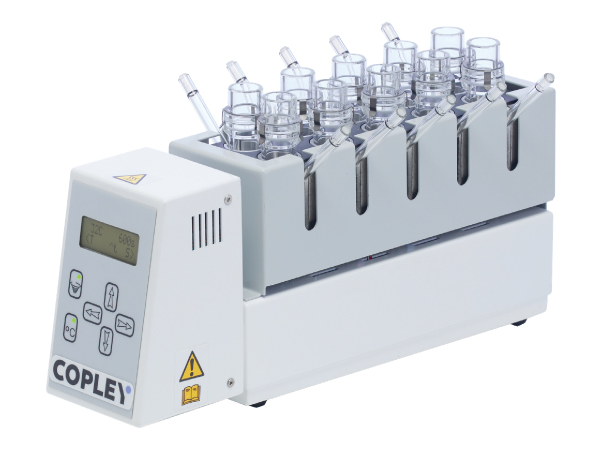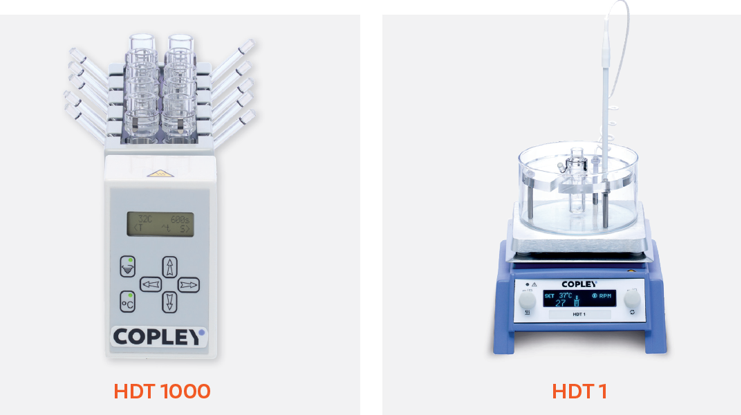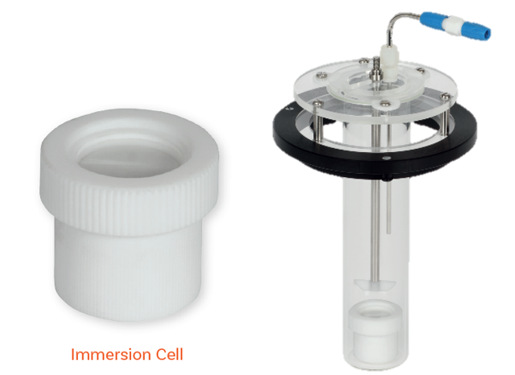
Semisolids Testing
Most pharmaceutical dosage forms applied directly to the skin for topical action are classified as semisolid, a group of products which include ointments, creams and gels. They are typically applied for immediate, localised relief. These products are typically hydrocarbon-based or oil-in-water emulsions incorporating additional ingredients such as emulsifiers, stabilisers, pH buffers, preservatives, absorption promoters and perfumes.
USP Chapter <1724> details the performance testing required for semisolid drug products.
There are three different apparatuses for the in vitro determination of drug release from semisolid drug dosage forms:
- Vertical Diffusion Cell (VDC)
- Immersion Cell
- Flow Through Cell (Apparatus 4)
Due to its simplicity and reproducibility, the VDC, or Franz Cell, is typically the apparatus of choice. The VDC comprises two parts: (a) the donor chamber containing the sample to be tested and (b) the receptor chamber containing the receptor medium. The two parts are separated by an inert, highly permeable support membrane that acts as a conduit through which diffusion occurs.
The receptor chamber temperature is usually set to 32 °C, to simulate normal skin conditions. At least 6 samples should be taken over a 6-hour period and analysed using HPLC or a similar analytical technique. Results are calculated and expressed as the amount of drug released per unit membrane area (mcg/cm2) vs square root of time. This should yield a straight line. The slope of the line (regression) represents the release rate of the product.


